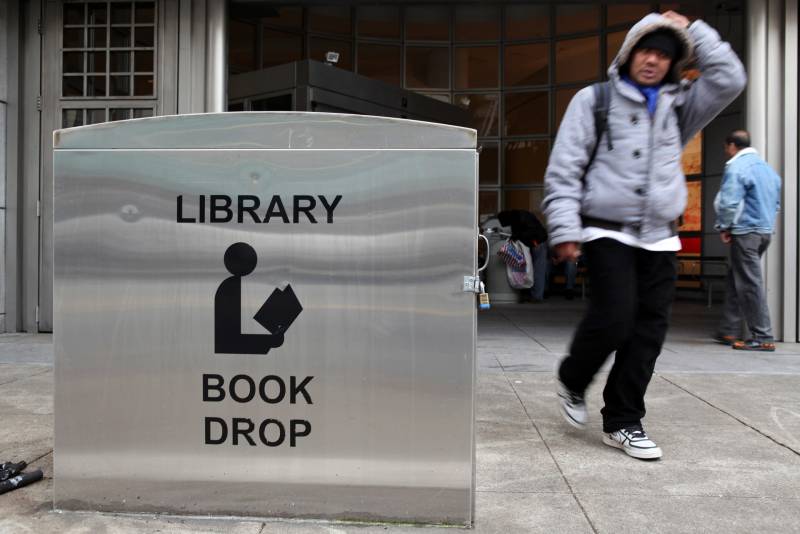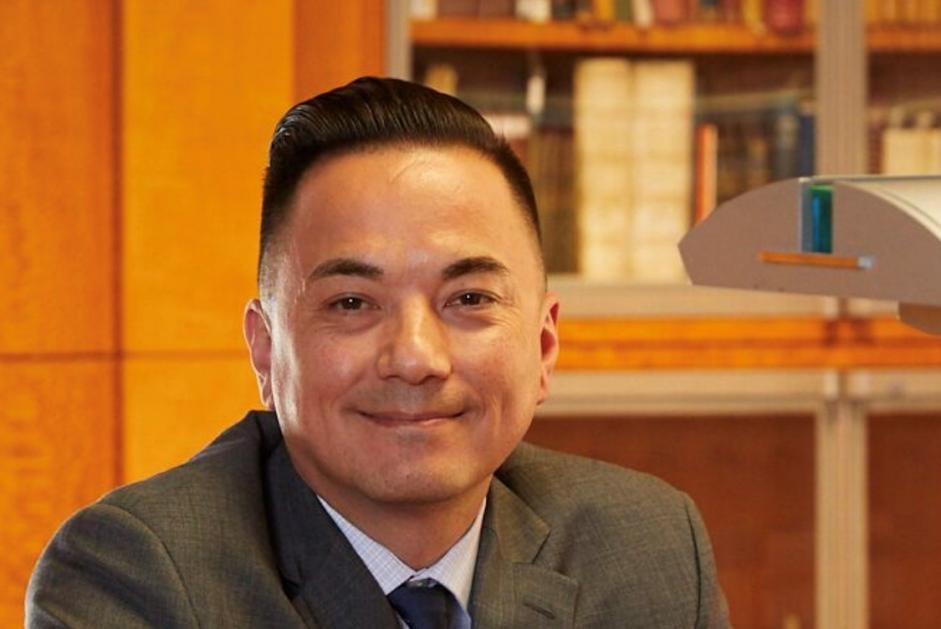Number two, we have also been unique in how much the city has relied on the library’s workforce for responding to the public health emergency. We have 40 percent of the library’s workforce currently deployed feeding people, sheltering people, serving as contact tracers. There’s no other municipality in the country that has activated library personnel on this scale. So that’s another huge contingency for me as a department head and thinking about reopening.
I’m working with the city’s Department of Human Resources and the Office of the City Administrator to orchestrate the return of library workers to my department from their DSW [Disaster Service Workers] activations. The city will need some of my workforce potentially for the entire upcoming fiscal year. The need for contact tracers, for example, is critical. So I do envision some of our workforce will continue as disaster service workers for the foreseeable future. But other workers, for example, the ones in the hotels — I’m optimistic that we will get those folks back in the near term. I understand that the Human Services Agency is looking to contract that work out to nonprofits. And once they can have the alternative workforce in place, then my branch managers can come back to the library and help me stand up SFPL To Go.
Why will it take so long to get some library workers back into their regular jobs? Why can’t the city find other people to take over for them?
I share my staff’s eagerness to reopen and resume library services. But I also understand that the city’s priorities overall are to protect vulnerable populations, ensure that there’s adequate availability of alternative housing and be prepared for a medical surge. I’m realistic about this upcoming year and the city’s need for disaster service workers — I do expect that to continue on some level. What I’m working on is trying to balance reopening libraries with our ability to continue supporting the city’s priorities.
Why are librarians deployed in this manner in such high numbers?
We’re a very well funded, well supported library system. We have 28 library locations that were open seven days a week. At the time we closed on March 13, we had the largest idle workforce of any city department. So as the city needed to respond to the public health emergency, we were a logical source of city workers for staffing food pantries and doing community outreach and the myriad roles that library staff are currently serving in.
When was the last time the San Francisco Public Library workforce was deployed on this scale?
It’s certainly unprecedented. We are now in the longest sustained closure of our library system since World War II.
The City of San Francisco is paying the salaries of workers currently serving in DSW roles. But the city is expecting to eventually get reimbursed for much of these salaries by FEMA and other state and federal disaster recovery funds. Does this provide the city with a further incentive to keep library workers serving in emergency roles?
I don’t think so. I think the main reason to rely on library workers to perform disaster service work or functions is because there’s a need for library staff to help be a part of the city’s response. That’s the primary driver of why library workers are being called upon. I don’t think it’s a financial motive.
A library worker who responded to last week’s KQED story about the San Francisco library system on social media wrote, “Staff was forced to exhaust their sick pay or not get paid at all if they did not want to go to the front lines.” KQED has received similar comments from other library workers. What’s your response to this criticism?
I feel for our library staff that were unable to report for their disaster service work reactivations. In those scenarios, people have options. Depending on what their individual circumstances are, they can either use their vacation time or their sick leave.
What happens if someone runs out of leave?
They have the option of using unpaid leave and there may be some other options they have available to them.
The latest word from the city is that library workers are assured salaries through the end of June. Is that date likely to be extended?
Like everyone else, I’m eagerly awaiting an updated communication about the continuance of that benefit, hopefully this week. This affects all city employees, not just the library.
What will happen if employees’ salaries are not extended beyond June 30?
I am an optimist. I do not foresee people’s pay getting cut off next week and I’m going to do everything in my power to continue providing as robust a service as we can provide to the community under this global pandemic, while also doing right by our staff.



